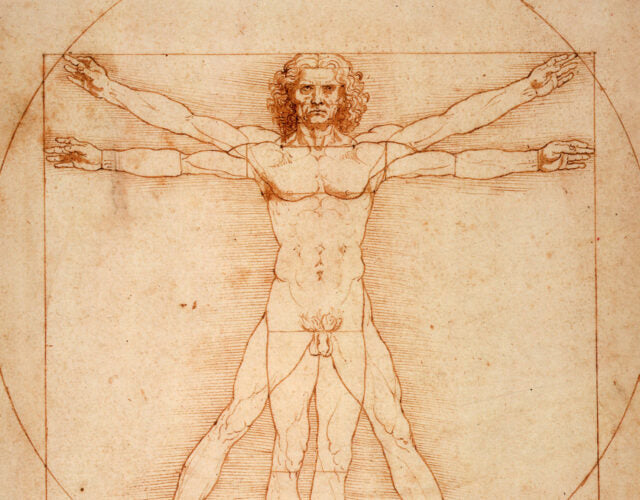Exhibit: “Leonardo da Vinci: Inventor, Artist, Genius.”
Leonardo da Vinci was not only an artist. He was an inventor, too, thus making him a savvy genius with unimaginable ideas in the 14th century. In Albuquerque, New Mexico, the National Museum of Nuclear Science and History featured an exhibit, “Leonardo da Vinci: Inventor, Artist, Genius.” The exhibit featured drawings of Leonardo’s inventions and wooden models, replicas of what he drew. According to the museum, “This exhibit features models created from careful study of those very designs.” Leonardo used his artistic abilities in his inventions by outlining sketches of them. His early sketches consisted of spectacular inventions such as flying machines, military machines, and robotics. The machines he drew were way ahead of his time.

Unfortunately, his inventions weren’t fully invented during his time and life in Florence. Rather, they became the inspiration for future inventors after him to invent. Although Leonardo is best known to everyone for his famous painting Mona Lisa, the film "Ever After" (1998) depicts Leonardo da Vinci, portrayed by Patrick Godfrey, making inventions such as a flying kite and “walking” on water with water shoes. Unlike other art forms, the film portrays him as an inventor and an artist. For the first time, we can see the realization of Leonardo’s dreams and designs inspired by nature, which became innovations for the development of humans.

To begin, the exhibit featured many of Leonardo’s flying machines. The exhibit featured a 3D- dimensional replica of Leonardo’s flying machine, along with a drawing it was based on from Leonardo. He drew wooden models to give viewers a visual texture. His drawings came to life based on how specific they were many years later. His flying machines were a parachute, an Ornithopter, a glider, the study of a wing, the aerial screw, and a flapping wing experiment.
Leonardo was eager to partake in flight in his timeframe when there were no airplanes or helicopters because of his fascination with birds. Thus, his drawing of the study of a wing was the first to depict his interest. He applied the laws of flying to his machine. This was the case in his flapping wing experiment. The design of the study of a wing consisted of a single cloth or canvas stretched over a rigid skeletal frame. Next, the wing study leads to the aerial screw, which was Leonardo’s most famous design because it depicts the first modern ancestor of helicopters.

It was constructed of wood with the screw’s blade and made of lined with a metal border. Four men who operated the machine were tasked with “pushing levers as they ran around the shaft’s base or by means of a rope quickly unraveled from around the axle.” Ultimately, both lead to Leonardo’s Flapping Wing Experiment and experimental model. His goal was testing “the capacity of human force to efficiently flap the machine’s wing and therefore verify experimentally if the force of a rapidly flapped artificial wing could support the body of a man in flight.” Leonardo drew and experimented with the idea of airplanes and helicopters, which were eventually used for those today.

Finally, the exhibit featured Leonardo’s two most futuristic inventions, the Robot Knight and the Robert Drummer. Leonardo was really interested in automation, and he drew his early ideas. Beginning with the robot knight, his “crowning glory,” he purposely drew the robot to look like a knight with the intention of the human body. Previously, Leonardo studied and dissected heavily beforehand. The robot was designed according to “the principles governing human movement, using ropes and pulleys to act as muscles and tendons.” The robot knight also could sit up, bend its arms, and move its head, like a robot today! Secondly, the robot drummer, true to its name, drums and “plays a pre-programmable rhythm.” Like the robot knight, the robot drummer’s arms move, beating the drumsticks. The robot can do so “thanks to an ingenious system of ropes and pulleys which are connected to a fan-like mechanism.”
The museum honored Leonardo’s genius inventions in his drawings, which have become the inspiration for many machines today. All thanks to the genius mind of an artist who took a deeper look into science.
©ArtRKL™️ LLC 2021-2024. All rights reserved. This material may not be published, broadcast, rewritten or redistributed. ArtRKL™️ and its underscore design indicate trademarks of ArtRKL™️ LLC and its subsidiaries.






